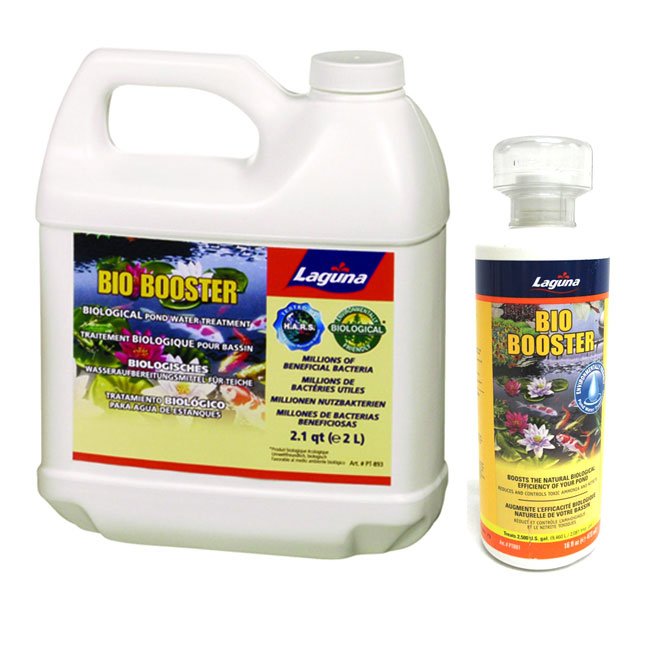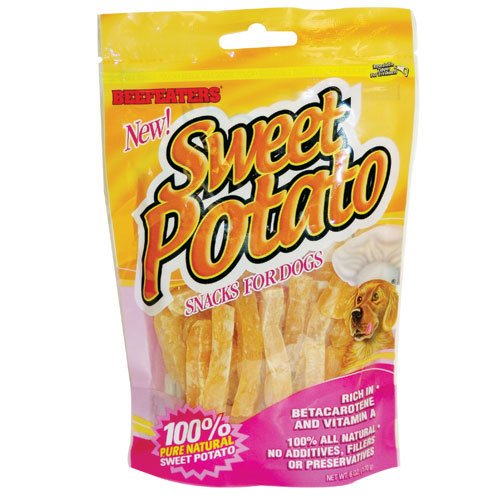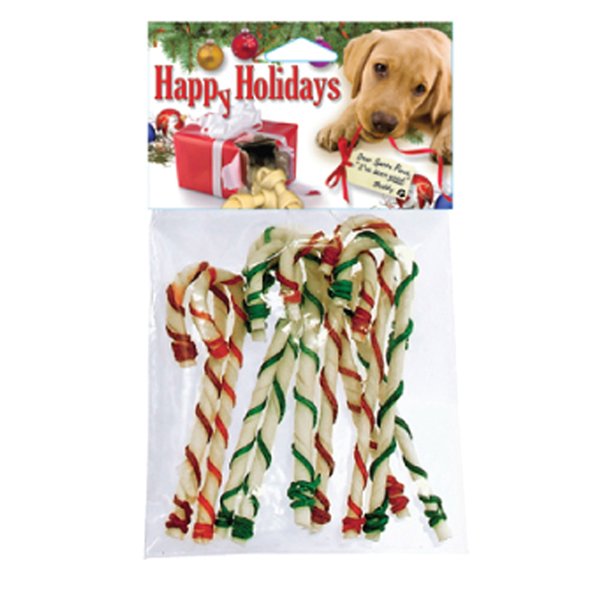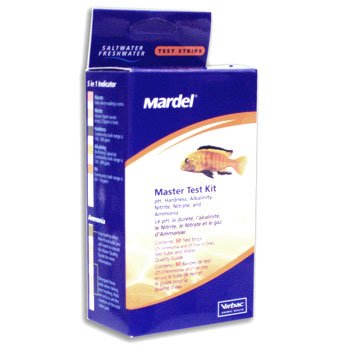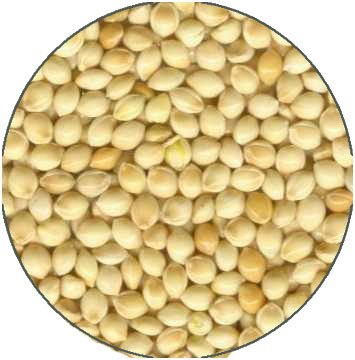Winter is arriving slowly across the United States – but nonetheless it’s time to start thinking about how to keep your pet safe during the cold months. 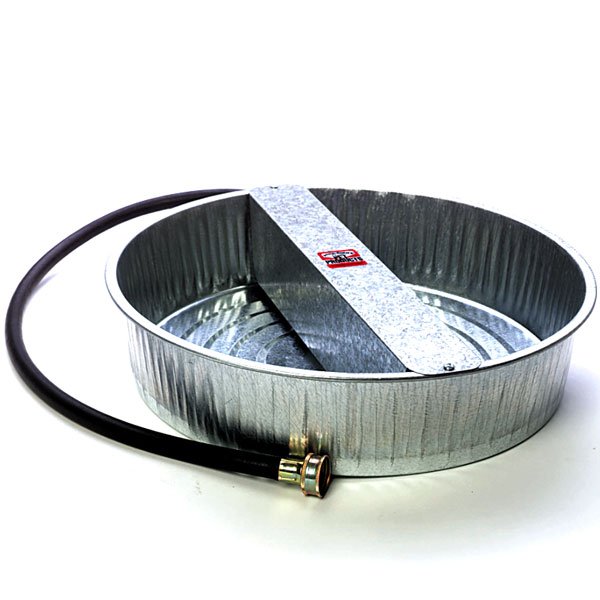
- Don’t leave your dog or pet outside for long periods of time when it is very cold. There are a few heated pet beds that are made specifically for outdoor dog houses or patios. Consider one of these.
- Keep your dog or pet warm, dry, and away from drafts. Dog sweaters are not just for style and may be just the right thing for your pet.
- Be extra careful when your dog or pet is near frozen water. A dog can slip under the ice just like a human.
- Groom your dog or pet regularly to keep him/her properly insulated.
- Feed your dog extra calories if he is a working dog or a young, growing dog.
- Towel dry a wet pet or blow-dry a wet dog or pet before letting him/her go outside.
- Don’t leave your dog or pet alone in a vehicle.
- Antifreeze is poisonous to dogs or pets although they like the smell.
- Chocolate and alcohol (abundant during winter holidays) should be kept away from pets.
- Rock salt to melt ice may irritate dog or pets footpads. Either a pair of dog boots or Pet-safe salt should be used.
- Provide plenty of fresh water for your dog or pet. An outdoor automatic waterer is convenient.
- Be careful of fireplaces which can burn your dog or pet.
Remember that most pets like cats and dogs and bunnies are warm-blooded mammals. A good rule of thumb is “If you wouldn’t want to be out there for that long, your pet probably shouldn’t be”.


